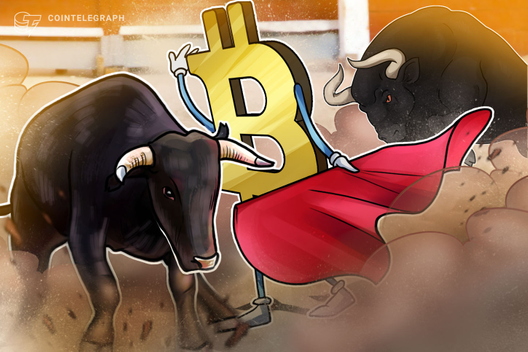The Lindy effect and how it presents itself in Web3
If you ask people if they think that companies that have been around for many decades (even more than a hundred years) versus a startup would have a better chance of making it through hard economic times like a recession, most people would say the older company has the edge.
Likewise in the crypto sphere, the longer that Bitcoin, Ethereum or other altcoins grow and persist, people say it’s been around a while, and so it begins to enter the mainstream and be thought of as something that will last a while.
The Lindy effect is a term used to denote the increased likelihood of survival of an older venture (or even in crypto) that has done much work over time versus a new untested one. It came from the Lindy delicatessen in New York City and was subsequently popularized by people like author Nassim Nicholas Taleb, and a 1964 New Yorker article entitled Lindy’s Law.
The Lindy effect argument is that a product, company, service, fashion, fad, technology and others build up their tradition and culture over time, which helps to convince their management, employees, fans and supporters to stick together and not quit in the face of adversity. It has also been used to justify the future success or failure of comedians, published books and even Bitcoin and crypto.
However, the Lindy effect is not an excuse to avoid adapting to changes in the business environment, technology and social norms. The world is littered with old companies like Sears, Firestone, Pan Am, McDonnell Douglas, Credit Suisse, Barclays Bank and others that had a long successful history, but did not make it to the present. Using the Lindy effect in a hubris manner with no realistic assessment of the threats only benefits the ego of the company.
Take for example Blockbuster, which ruled the Eighties with rented DVDs and videocassette movie rentals. A startup called Netflix wanted Blockbuster to acquire them, but Blockbuster executives were skeptical and did not consider the deal. Blockbuster has been replaced by Netflix, which is now a global streaming and moviemaking behemoth.
Another is Nokia, which ruled the analog cellphone world along with competitors like Motorola and Sony Ericsson. Although these companies still have current smartphones, they have been upstaged by new competitors like Apple, Samsung and Google (through Android). Again, it was a matter of failing to adapt to new global changes in tech, social and economic developments.
Sometimes the dynamics of the world change drastically, and decades of prior different conditions may have contributed to the success of a company. In the tech world, this happens often. For example, prior to the advent of high-speed microprocessors, the IBM mainframe ruled the business world. Now laptops, desktops and servers form the backbone of most corporate IT systems, and it may change in the future and bring new tech leaders to replace the old stalwarts. Cellphones replaced payphones and pagers, and laptops replaced many desktops.
Bitcoin’s continued strength since 2008, and the way it keeps recovering from painful crashes, has been used as a Lindy effect example by many of its supporters and some pundits. Ethereum is starting to be a part of that camp as well. One can also argue that Solana has risen from an almost fatal experience after being associated with FTX and is now doing quite well.
But what about other altcoins and crypto-related projects? One can never tell but the high-flying tokens of a few years ago are now no longer with us — at least in the top 100. Only time will tell, but having strong community support is a big part of their success.
Some new tokens, on the other hand, are tempting fate with too much hubris. A common example of this is how some tokens allude to airdrops just so they can get the support of thousands of early adopters. Then, they suddenly rug-pull those supporters by announcing that there is no airdrop. Creating enemies and losing a large part of their early community when young through what turns out to be non-incentivized testnets (for example) is not a plan for success, but some projects seem to think so.
When you see the word “scam” or similar words on crypto Twitter, you know these tokens have angered their early users who were hoping for a nice airdrop. The worst ones are the real scams, as these sell their tokens during their IDO, but then they rug on their community and disappear with the buyer’s money, only to reappear as something else again. Unfortunately, these scammers seem to also have the Lindy effect with them.
If the Lindy effect acts as the little white lie that helps a Web3 team or a company believe that it can make it, given that everyone does their job, then it is useful. It is like a pep talk to one’s self prior to a sporting event. Pride helps bring a company or community together through a sense of solidarity in accomplishing their corporate mission and vision. The hurdles that they went through over time also act as a binding force between them.
But if it is used as a source of false confidence and hubris that is not backed up by the work required to be up to date with current business needs, then it is a rule of thumb that shouldn’t be relied upon.
The corporate world is filled with the carcasses of companies (and cryptos) who found out too late that the Lindy effect could not save them.
Zain Jaffer is the CEO of Zain Ventures focused on investments in Web3 and real estate.
This article was published through Cointelegraph Innovation Circle, a vetted organization of senior executives and experts in the blockchain technology industry who are building the future through the power of connections, collaboration and thought leadership. Opinions expressed do not necessarily reflect those of Cointelegraph.









